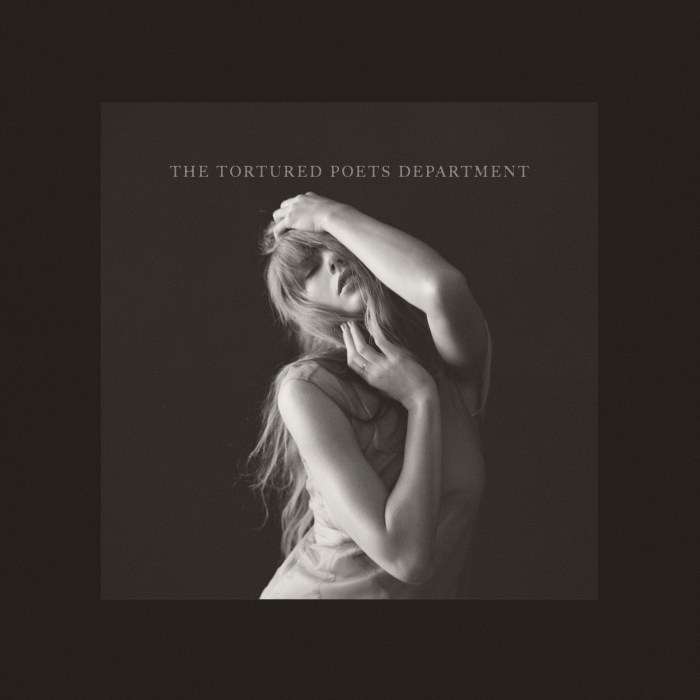By Joan Brown Wettingfeld
Bell Boulevard, the “main street” we know today, has a history reaching back to the early 19th century. Through the years it has reflected the story of Bayside as it evolved from a peaceful, rural, agricultural village to a thriving residential and commercial suburb of the New York City.
During the 1930s Bell Avenue, as it was known then, was renamed Bell Boulevard. This was done in order to satisfy a new street numbering system which was introduced in Queens at the time. In order to comply with the system all major thoroughfares running north and south were to be called boulevard, street, or place, while those running east and west were to be known as avenue, lane, or road.
The Bell Avenue of old was named for the country lane that divided the Bell farm into two parts, known as the upper and lower farms. Acquired in 1824 by Abraham Bell , a prominent Quaker, this farmland became the heart of present-day Bayside.
Born in Ireland, Abraham Bell emigrated to New York City in 1797, and eventually established himself as a partner in the shipping firm of Bell and Bowne. The firm owned a line of packet ships, which plied the Liverpool to New York trade route.
The Bell farmland was acquired by purchase from Timothy Matlock and ran from the area which bordered what we now know as Auburndale to Little Neck Bay. To visualize what the “heart of Bayside” consisted of in 1824, picture farmland that extended from Little Neck Bay to present 204th Street and from Crocheron Avenue (35th Avenue) to somewhat south of today’s 39th Avenue.
The farm was divided by a lane, which became Bell Avenue. The portion that lay west of the lane was known as the upper farm. In 1849 the lower farm was sold to Andrew Mickle, who served as mayor of New York from 1846 to 1847. Thomas Bell, Abraham’s son and husband of Eliza Hough Bell, then moved to a homestead on the upper farm located near the present site of Hatton’s Funeral Home (Bell Boulevard and 38th Avenue.)
Abraham Bell had maintained a residence in the city but spent as much time as he could spare from his business at his country home in Bayside. This was not unusual for merchants and businessmen of that time who had businesses in the city.
In the early years the James Cain farm, which consisted of 116 acres (now the Bayside Hills area), blocked the southern limits of the Bell farmland, and the Bradish and Harway estates extending from 210th Street to the bay kept Bell Avenue from extending north of 35th Avenue.
Sixty-eight years ago Bell Avenue was widened from 48th Avenue to 35th Avenue and the beautiful trees lining the avenue were cut down. In 1967, 40 years after the trees were destroyed, the Bayside Beautification Committee founded by the late Joseph H. Brown sought to restore the rural beauty of our town and replanted the trees you see today.
Bell Boulevard has been the setting for many community celebrations in the past, the most memorable of which was “‘Bayside Day” held on Sept. 26, 1914. Chaired by Frederick Storm, it was designed to bring the people of Bayside together “in order that they may come to know one another better and so develop that spirit of neighborly good will and kindred interest which is absolutely necessary for the proper development of a community, and without which any lasting civic pride is impossible.”
Next to “Bayside Day” probably the most notable event was the Mardi Gras type of program celebrating the completion of the widening of Bell Avenue in 1930. Bayside merchants and civic organizations joined together and gathered 250 volunteers to stage a mammoth celebration. After addresses by prominent officials, a block party and dance were held and the thoroughfare was declared officially opened.
Planes from Mitchell Field roared over the town, and the stores and side streets were festooned with flags and bunting. Edward Mandel a well-loved merchant and father of Bayside attorney, Joseph Mandel, served as general chairman and the committee who assisted him boasted such luminaries as J. Walter Dayton, who served as honorary chairman, Cord Meyer, Elmer Story, John Golden, John J. Flynn, Frederick Storm, Charles Post and James J. Corbett.
It was, indeed, one of our town’s finest hours ,one which demonstrated that a community effort can have a cooperative spirit and dedication prevail.

































